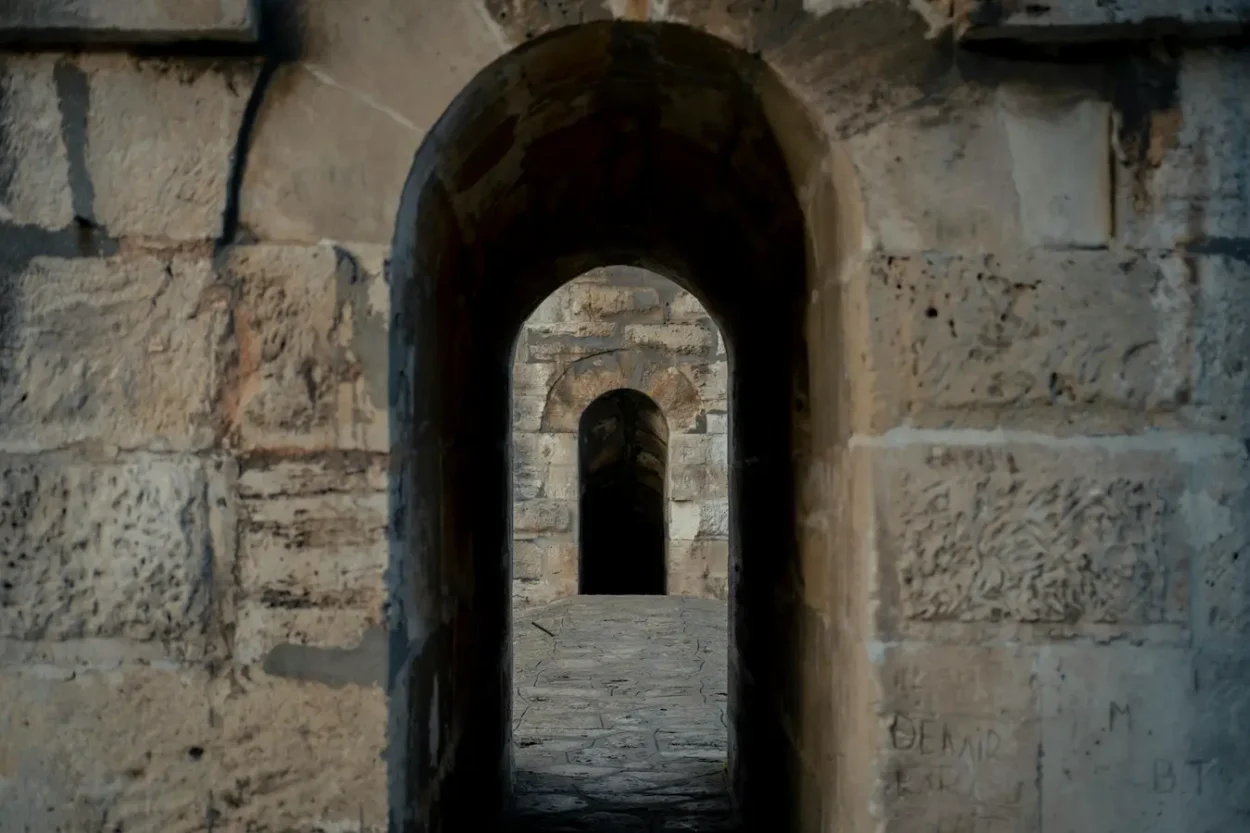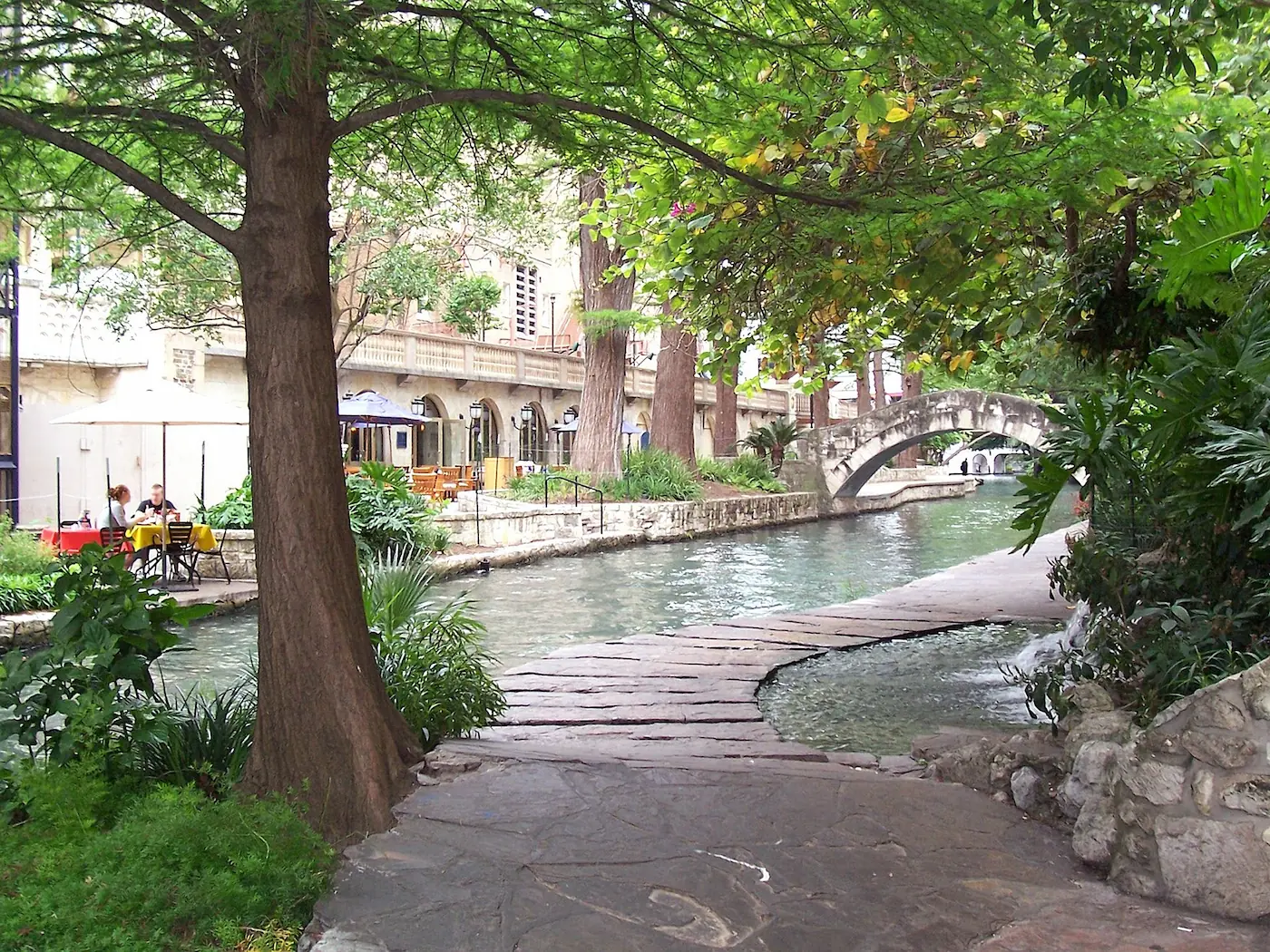Introducing Curvspace Walkways
At Curvspace, we redefine the concept of walkways by transforming simple paths into sophisticated intersection spaces that enhance both aesthetics and functionality. Curvspace focuses on inspiring you through a blend of historical inspiration, cultural diversity, and modern innovation, offering new possibilities for creating beautiful and practical walkways in any landscape.
Reader Disclosure
Jump to:
Purpose of Walkways
Walkways serve multiple purposes, acting as crucial elements in both public and private spaces. They provide clear and safe routes for pedestrians, ensuring smooth and efficient movement through various areas. Walkways also enhance accessibility, making it easier for people of all abilities to navigate their surroundings. Beyond their practical function, walkways contribute to the aesthetic appeal of a landscape, guiding visitors through gardens, parks, and urban environments, while adding structure and visual interest.
History of Walkways
The history of walkways dates back to ancient civilizations, where they were essential for connecting communities and facilitating trade. In ancient Rome, extensive networks of roads and walkways were built to link different parts of the empire, reflecting the importance of connectivity. In medieval Europe, cobblestone streets and pathways defined the layout of towns and cities, providing routes for commerce and daily activities.
Throughout history, the design and construction of walkways have evolved to reflect the technological advancements and cultural values of their time. From the grand promenades of Victorian England to the serene paths of Japanese gardens, walkways have always played a significant role in shaping the human experience of movement and interaction with the environment.
Contemporary Use of Walkways
In modern times, the use of walkways has expanded beyond mere functionality. Today, they are integral to urban planning and landscape design, creating safe, attractive, and accessible routes in various settings. Contemporary walkways are designed to blend seamlessly with their surroundings, using materials and styles that enhance the natural beauty and architectural features of the area.
Walkways in residential areas often feature decorative elements such as pavers, lighting, and plantings to create inviting entrances and outdoor living spaces. In public spaces, walkways are designed to accommodate high foot traffic while providing scenic routes through parks, waterfronts, and city centers. Additionally, sustainability has become a key consideration in contemporary walkway design, with an emphasis on using eco-friendly materials and promoting green infrastructure.
Curvspace is at the forefront of this evolution, offering innovative walkway designs that not only fulfill practical needs but also enhance the aesthetic and functional qualities of the spaces they inhabit. Our inspirational ideas can transform walkways from ordinary paths into extraordinary intersection spaces, reflecting our commitment to quality, sustainability, and aesthetic excellence.
Cultural Diversity in Walkway Design
The design of walkways varies widely across cultures, reflecting unique aesthetic values and functional needs:
- Japanese Zen Gardens: Incorporate winding paths made of stepping stones and gravel, promoting tranquility and contemplation.
- European Cobblestone Streets: Feature intricate patterns and historic charm, often found in ancient towns and cities.
- Middle Eastern Courtyards: Utilize mosaic tiles and shaded pathways to create cool, inviting spaces.
- African Village Paths: Often use natural materials like clay and stones, blending seamlessly with the surrounding environment.
Each culture brings its own flavor to walkway design, celebrating local materials, climate, and traditions.

Innovative Contributions of Curvspace
Curvspace is at the forefront of inspiring new possibilities in walkway design. We focus on creating intersection spaces that encourage exploration and interaction, using innovative concepts and materials to craft walkways that are durable, sustainable, and visually striking. Our approach emphasizes enhancing the natural beauty of surroundings while providing a practical and enjoyable walking experience.
People Also Ask
What materials are best for durable walkways?
Curvspace inspires new design possibilities and recommends using high-quality materials such as natural stone, brick, and eco-friendly composites that offer durability and aesthetic appeal.
What Are the Different Types of Walkways?
Walkways come in various types depending on their use and materials. Pedestrian paths are common in urban areas, consisting of concrete or brick. Boardwalks use wooden planks, often near beaches or wetlands. Garden paths may use gravel, stepping stones, or brick to blend with landscapes.
Why Are Walkways Important in Urban Design?
Walkways are crucial for urban design as they facilitate pedestrian movement, promote health, and improve safety. They connect residential areas with commercial centers, reduce vehicular traffic, and enhance accessibility. Walkways also foster community interaction and can incorporate green spaces for aesthetic and environmental benefits.
What Makes a Walkway Eco-Friendly?
A walkway is eco-friendly if it uses sustainable materials like permeable concrete, recycled plastic, or sustainably sourced wood. It incorporates elements like rain gardens or bioswales to manage stormwater. Green walkways integrate vegetation to support local biodiversity and reduce heat islands.
Who Benefits From Walkable Communities?
Walkable communities benefit all residents, including children, the elderly, and those with disabilities. Safe walkways enable independence for non-drivers. Businesses gain from increased foot traffic. Walkable areas promote social interactions and a robust sense of community, enhancing overall quality of life.
How Does Curvspace Innovate Walkway Design?
Curvspace innovates new design possibilities for walkways by prioritizing eco-friendly materials, smart technology integration, and community engagement. Curvespace focuses on inspiring inclusive paths that connect key points of interest, collaborating with urban planners to enhance functionality and sustainability. Our approach combines creativity with practicality, emphasizing the importance of inclusivity and community connection in every design.
What Are Common Materials Used in Walkways?
Common materials for walkways include concrete, asphalt, and brick. Concrete is durable and versatile, widely used in urban sidewalks. Asphalt provides a smooth surface, ideal for long paths. Brick offers aesthetic appeal in historical or decorative settings. Sustainable options like permeable pavers and recycled materials are gaining popularity.
How can walkways improve property value?
Well-designed walkways enhance curb appeal, improve accessibility, and create inviting outdoor spaces, all of which can significantly increase property value.
What are some low-maintenance walkway options?
Curvspace offers a range of low-maintenance solutions, including permeable pavers and durable concrete alternatives that require minimal upkeep while maintaining their beauty.
Transform your outdoor spaces with Curvspace walkways design with huge possibilities. Contact us today to discover how we can create stunning intersection spaces that enhance your landscape and lifestyle.
Conclusion
Walkways have played a crucial role in connecting people and spaces throughout history, evolving from simple functional paths to integral components of modern landscapes. They reflect cultural diversity, with each design telling a story of its origin and purpose. At Curvspace, we are inspired by this rich tradition, focusing on innovative intersection spaces that blend seamlessly into any environment. Our walkways enhance both aesthetic appeal and functionality, improving accessibility and integration with their surroundings.
Whether you’re envisioning an elegant garden path, a welcoming route through a park, or a practical yet beautiful walkway for your property, Curvspace offers inspiration to bring your vision to life. Embrace the future of walkway design with Curvspace and transform your pathways into inviting and functional spaces. Discover the difference with Curvspace walkways—where innovation meets tradition, and every step enhances your outdoor experience.
Show & Tell
We’d love to hear your thoughts about these ideas! Simply click the link to head over to your favorite platform and add your comments about this post there. We’d like to know about your insights, questions, or just saying hi.
More Curvspace Topic Pages
Disclosure
Our content is reader-supported. This means if you click on some of our links, then we may earn a commission. Commissions do not affect our editor’s opinions or evaluations. Learn more about our editorial process.

About the Editorial Staff
The Curvspace editorial team comprises a diverse group of experts on intermediate and threshold spaces in homes and workplaces. Architects and interior designers, civil engineers and artists, environmental and behavioral psychologists, sociologists and anthropologists. All collaborate to create helpful content, that explores the full potential of these often-overlooked areas to enhance our daily lives.


